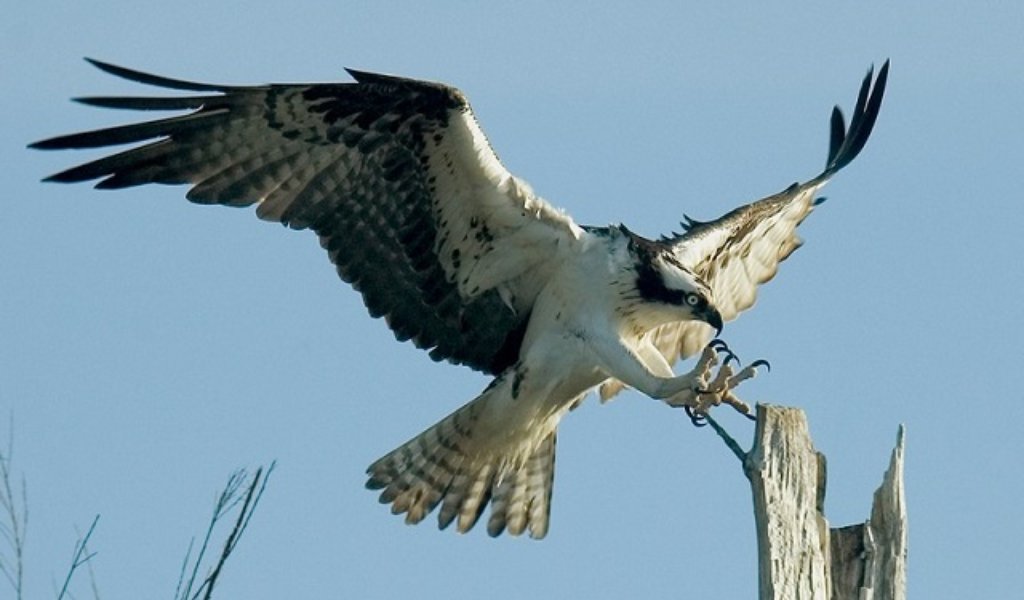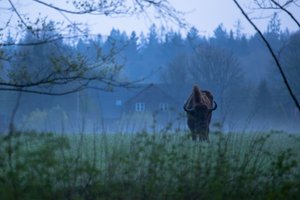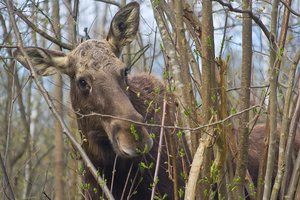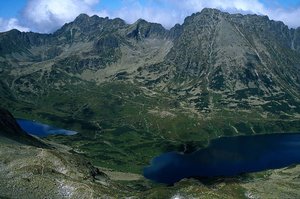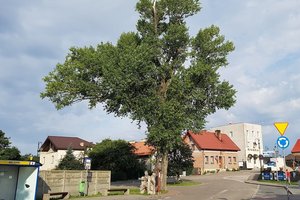Ospreys Online
The Lipka Forest District in north-western Poland looks is home to one of the few osprey nests. New online transmission feeds made available by the State Forests has made it possible for us to track the life of a bird family. This is worth doing especially now, because the female osprey lays eggs at the turn of April and May. After five weeks baby birds hatch from the eggs. At this moment, two birds in the RoSzponka and Szuwarek nests are expecting hatchlings.
From a distance, the osprey resembles a large seagull. It is easy to recognise them based on their grey-brown top and the white bottom. They weigh up to two kilograms, measure up to 70 cm in length and their wingspan stretches out to 175 cm. They mainly eat fish. An adult couple with two youngsters can eat between 125 and 170 kilograms in a single season.
These birds can be found on all continents except Antarctica. European ospreys spend the winter in Africa and the Red Sea. There are only about 30 couples in Poland; they live in Masuria and within the Lubusz, Wielkopolska and Western Pomerania borderlands. We have witnessed a decline in the osprey population since the 19th century.
A joint project by the State Forests and the Eagle Protection Committee endeavoured to provide the answer to why this is happening. This bird reality show of sorts aims to popularise knowledge about these rare predators and contribute to greater protection efforts.
Thanks to the use of very low infrared light - invisible to animals - observation of osprey can also be carried out at night. The transmission from the Lipka Forest District is the first from the osprey nests, but it has already been possible to watch a live transmission of white-tailed eagles from the Kutno Forest District and the Dobrocin Forest District, as well as cranes from the Włoszakowice Forest District. Thanks to online transmissions one can also, without leaving the comfort of one’s home, admire bison inhabiting the Białowieża Primeval Forest.
Poland.pl
Source: https://www.lasy.gov.pl/en
18.04.2018


